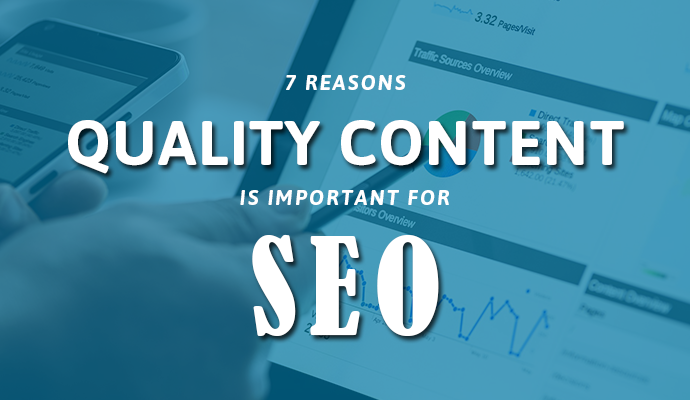In the fast-paced world of digital marketing, staying ahead of the curve is essential. Search engines are continually evolving, and to maintain or improve your website’s ranking, you need to adapt your SEO strategies accordingly. In 2023, on-page SEO continues to be a fundamental element in optimizing your website for search engines. Here, we’ll explore the best on-page SEO practices you should focus on to succeed in the year ahead.
1. Quality Content is King

The importance of high-quality content cannot be overstated. In 2023, search engines are more sophisticated and prioritize content that offers real value to users. This means your content should be informative, engaging, and relevant to your target audience. Long-form content tends to perform well, but always prioritize substance over length.
2. Keyword Research and Optimization

Keywords are the foundation of on-page SEO. Start by conducting thorough keyword research to identify the terms and phrases your audience uses to search for your products or services. Incorporate these keywords naturally into your content, including headings, subheadings, and meta tags. But beware of keyword stuffing – use them where they make sense and add value to your content.
3. User-Friendly URLs
Ensure that your URLs are user-friendly and include relevant keywords. A clean and concise URL structure not only helps with SEO but also makes it easier for users to navigate and understand the content of your page.
4. Optimize Meta Tags

Meta tags, including the title tag and meta description, are crucial for on-page SEO. Your title tag should be concise, include your primary keyword, and provide a clear description of the page’s content. The meta description should be informative and enticing, encouraging users to click through to your site.
5. Header Tags for Structure
Use header tags (H1, H2, H3, etc.) to structure your content. This not only helps search engines understand the hierarchy of your content but also makes it more scannable and readable for users. Your primary keyword should appear in your H1 tag.
6. Optimize Images
Images can enhance the user experience, but they should be optimized for SEO. Compress your images to improve page load times, use descriptive alt text, and include relevant keywords in the file names and captions where appropriate.
7. Internal and External Linking
Linking is a vital aspect of on-page SEO. Internally, link to other relevant pages on your website to improve navigation and distribute link equity. Externally, link to reputable sources to provide additional value to your readers.
8. Mobile Optimization
With the increasing use of mobile devices, ensuring your website is mobile-friendly is essential for on-page SEO. Google and other search engines prioritize mobile-responsive websites. Test your site’s mobile-friendliness and make necessary improvements.
9. Page Speed Matters
Page speed is a significant ranking factor. Slow-loading websites frustrate users and can lead to higher bounce rates. Optimize your website’s performance by compressing images, enabling browser caching, and minimizing HTTP requests.
10. Regular Updates and Maintenance
Keep your content fresh and up to date. Google loves active websites. Regularly review and refresh your content to ensure it remains relevant and valuable to your audience.
Conclusion
Staying ahead in the world of SEO requires keeping up with the latest trends and adapting your strategies to meet evolving search engine algorithms. In 2023, on-page SEO remains a crucial component of your overall SEO strategy. By creating high-quality content, optimizing for user experience, and following these best practices, you’ll be well on your way to boosting your website’s visibility and rankings in search engine results. Remember, SEO is a long-term game, and staying current with best practices is key to your success.
